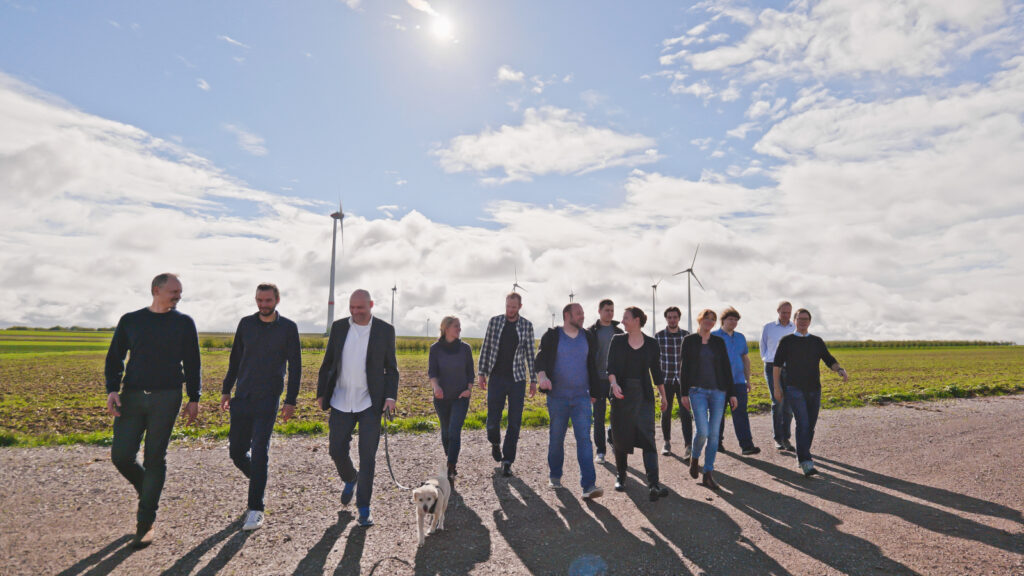Investment needs
impact and vice versa

Investments without positive social impact are meaningless. Impact without an investment perspective is not sustainable. We can make a significant contribution to the success of the energy transition with our AI-based energy management platform AND at the same time offer our investors a highly attractive investment proposition.
Technology is the key to success
Unlike other platform developers, we believe that better technology makes the difference. That is why we have significantly invested in developing outstanding technology.
- The leading AI solution in the field of energy management and charging infrastructure for the best forecast of production and consumption of renewable energy
- A highly scalable cloud solution to quickly connect all relevant users and devices in energy management
- An in-house developed integrated hardware and software solution for an outstanding user experience
With this approach, we want to become the technology and market leader in the field of energy management.

Why e-mobility is the key driver of the energy transition
Energy transition start-ups have a wide variety of focuses: Some come from energy generation (PV) or heating (heat pumps), others focus on trade. At LADE, we are convinced that the energy transition and energy management must be thought of in terms of e-mobility.
E-vehicles are gigantic storage units: by 2030, they are expected to be able to store up to 25% of daily electricity consumption in Europe.
E-cars will be the largest controllable electricity consumer in the future. The charging of electric vehicles can be optimally adapted to fluctuations in the generation of renewable energy.
The green electricity stored in e-vehicles can be fed back to other consumers or into the grid in future using V2X technology.
The demand for charging infrastructure offers extraordinary growth opportunities that far exceed those in other sectors.
Anyone who wants to operate energy management efficiently needs comprehensive information on electricity consumption. This explicitly includes the mobile consumption of BEVs.
